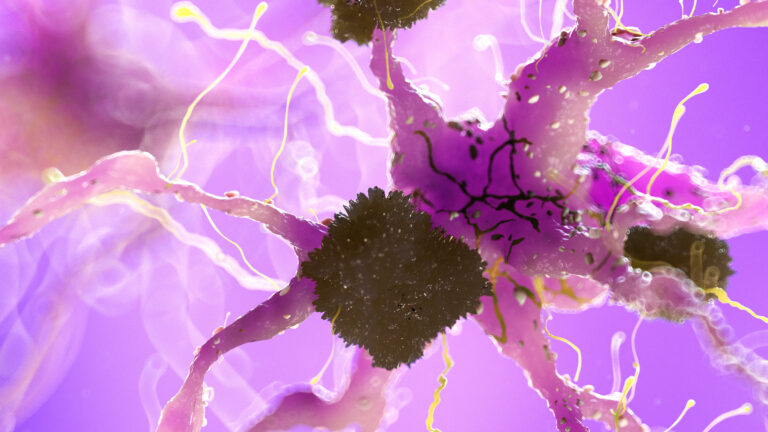Scanning patients with movement disorders presents a complex set of challenges primarily because these disorders inherently involve involuntary or uncontrollable movements that interfere with the imaging process. Movement disorders such as Parkinson’s disease, dystonia, tremor, and chorea cause patients to have difficulty remaining still, which is critical for obtaining clear and diagnostically useful images during scans like MRI, PET, or CT.
One of the foremost challenges is **motion artifact**. When a patient moves during scanning, the images can become blurred or distorted, reducing their quality and potentially leading to misinterpretation or the need for repeat scans. This is especially problematic in MRI, where scan times can be lengthy, and even small movements can degrade the image. For example, tremors or dyskinesias—common in Parkinson’s disease—cause continuous or intermittent shaking that makes it difficult for patients to maintain the stillness required for high-resolution imaging. This often results in suboptimal scans that may have to be excluded from analysis, delaying diagnosis or treatment planning.
Another significant issue is the **duration of scanning**. Many imaging modalities require patients to lie still for extended periods, which can be exhausting or uncomfortable for those with movement disorders. The longer the scan, the higher the likelihood that involuntary movements will occur. This challenge is compounded by the fact that some patients may have difficulty understanding or following instructions due to cognitive impairment or anxiety related to their condition.
**Positioning and immobilization** are also critical hurdles. Patients must be positioned carefully to minimize movement, often using specialized head holders or restraints. However, these can be uncomfortable or anxiety-provoking, potentially exacerbating movement. In some cases, sedation or anesthesia might be considered to reduce movement, but this carries its own risks and is not always feasible, especially for repeated or routine imaging.
Differentiating between **functional (psychogenic) movement disorders** and organic movement disorders during scanning can be challenging. Functional movement disorders may mimic organic ones but have different underlying causes and treatment approaches. Because these disorders can coexist, clinicians must carefully interpret imaging findings alongside clinical assessments to avoid misdiagnosis.
In addition, **technical limitations** arise from the need to balance image resolution, scan time, and patient comfort. For example, faster imaging sequences may reduce motion artifacts but at the cost of lower resolution or signal-to-noise ratio. Advanced imaging techniques and post-processing algorithms are being developed to compensate for motion, but these are not universally available and may require specialized expertise.
Patients with implanted devices, such as those who have undergone **deep brain stimulation (DBS)** for movement disorders, present further challenges. Imaging these patients requires careful protocols to avoid interference with the device and to monitor for complications like peri-lead edema. The presence of hardware can also cause artifacts in images, complicating interpretation.
Finally, the **clinical context** adds complexity. Accurate imaging is crucial for differentiating Parkinson’s disease from other parkinsonian syndromes or essential tremor, guiding treatment decisions. However, the variability in movement severity, medication effects, and disease progression means that imaging must often be interpreted alongside clinical and functional assessments, requiring multidisciplinary collaboration.
In summary, scanning patients with movement disorders demands careful consideration of involuntary movements, scan duration, patient positioning, technical capabilities, and clinical context. Overcoming these challenges involves a combination of patient preparation, optimized imaging protocols, potential use of sedation, and advanced motion correction techniques to ensure high-quality, diagnostically valuable images.





